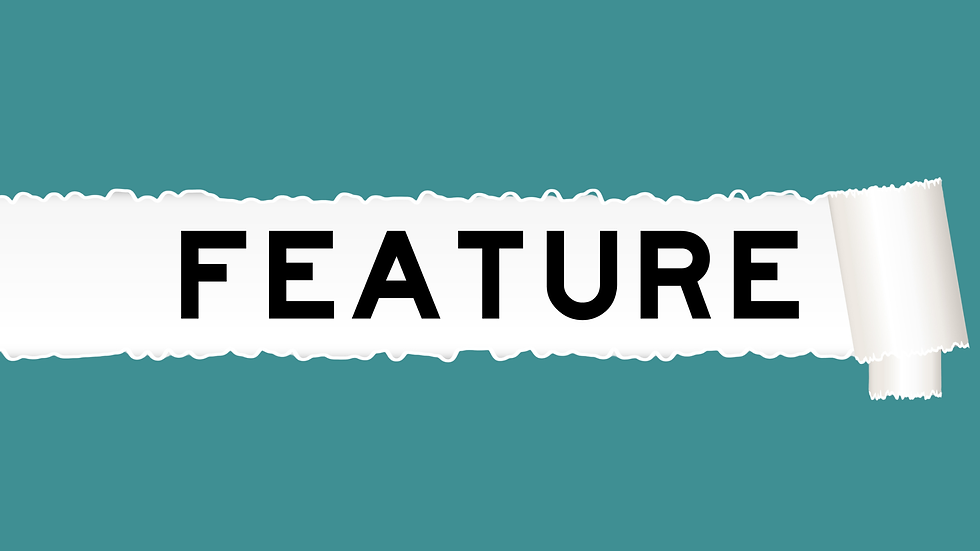We’re a Target Because They See Us. And Our Power.
- Carol Tappenden
- Oct 24
- 2 min read
By kelley dupps
Queer visibility today didn’t happen by accident. It grew out of specific events, struggles, and the work of people who were often pushed out of official history. Words like “gay,” “straight,” and “trans” are not the same across time and places. They are ideas shaped by laws, medicine, religion, and culture.
Finding queer history is different from usual history. Archives and old books often ignore or hide queer lives. Historians must look in unusual places: private letters, diaries, gossip columns, police records, and oral stories from families and communities. Small clues, like someone saying two people “lived together,” can show a hidden relationship. Reading these clues carefully matters.
Context, what was happening at the time, changes how queer people lived. Laws such as sodomy rules criminalized same-sex activity and forced people to hide. Police often raided gay bars and other spaces, which made those places both important for community and dangerous. Events like the Compton’s Cafeteria riot (1966) and the Stonewall uprising (1969) happened because people fought back against harassment and violence.
Social movements shaped visibility. The gay liberation movement in the 1960s and 70s worked alongside civil rights, antiwar, and women’s movements. Ideas like “coming out” and Pride were part of a fight for fair treatment in jobs, health care, and public life. But being visible could also be risky when society or employers reacted badly.
Studying queer history outside the West is especially important. Much written history about Indigenous and colonized peoples was recorded by colonizers who used their own ideas and often erased local ways of understanding gender and sexuality. Many Indigenous cultures recognized multiple genders long before colonizers arrived. To tell fair histories, we must listen to oral traditions and local stories instead of using only Western terms.
Intersectionality matters: race, class, gender, and fame affect who can be visible. A wealthy white queer person often faced fewer consequences than a poor queer person of color. Celebrities’ queer lives could be treated as gossip, while marginalized people faced harsher punishment. Today, trans people of color still face high rates of violence and criminalization.
Modern visibility is shaped by both old and new forces. Social media helps queer people share stories and build community but can also create risks like online harassment, surveillance, and being used for marketing. Corporate sponsorship of Pride raises awareness but can also water down political goals.
In short, queer visibility now is the result of long struggles, laws that punished people, movements that demanded rights, and the everyday choices people made to survive and resist. Keeping historical context in mind, listening to marginalized voices and recognizing differences, helps us understand how far communities have come and what still needs to change so everyone can live with safety and respect.
.jpg)


Comments